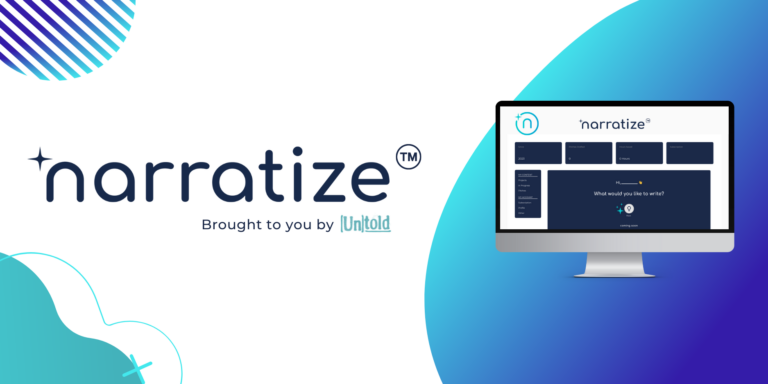Blog >> 8 Tips to Find & Win Government Contracts
8 Tips to Find & Win Government Contracts
As a small business owner, it can feel overwhelming to find and win government contracting work. The process for searching out quality opportunities is complicated enough, then add in the certification and registration processes, learning the lingo (ever swam in alphabet soup?), networking, and applying… Are you discouraged yet?
But there’s reason to be optimistic. The government has established rules that ensure small businesses have the chance to apply for and win federal contracts. In fact, according to the U.S. Small Business Administration, about 23% of federal contracts go to small firms–that’s $100 billion every year. The federal government also sets annual goals for awarding contracts to particular types of small businesses: 5% for women-owned firms, 5% for small disadvantaged businesses, 3% for HUBZone companies, and 3% for service-disabled veteran-owned firms.
The opportunities are there, waiting for small business owners to apply. Read on for our take on how to find and win government contracts.
And if you’re ready to level up your success with government contracting, be sure to check out our capability statement templates packed full of expert content guidance!
Top 8 Tips for Winning Government Contracts
Here are our tips for getting started on your small business’s journey to winning government contracts:
1. Get Certified
As we already mentioned, the government sets aside contracting opportunities for minority-owned and otherwise disadvantaged businesses. Register your business as a WOSB, VOSB, HUBZone, etc. to qualify for these designated funds. Untold Content, LLC, for example, is a registered Woman-Owned Small Business (WOSB) through the U.S. Women’s Chamber of Commerce.
2. Check FedBizOpps and FedConnect Regularly
To prevent missing out on opportunities, establish a regular workflow for searching government contracting sites, like FBO.gov or FedConnect. Our team meets twice weekly to review and discuss potential opportunities.
3. Read Solicitations Closely
When reviewing solicitations, read closely for information that could disqualify you (factors like location, required skills, firm pricing, etc.). Take time to vet each opportunity and ensure that you only spend precious time and resources applying for opportunities for which you qualify. And pay special attention to response dates–they’re often quick turnarounds!
4. Respond to Sources Sought
When trying to win government contracts, respond to opportunities labeled as Sources Sought. Agencies put out a Sources Sought notice when they want to get a feel for the companies that may apply for the official solicitation. Responding to these gets your foot in the door.
There’s also the WOSB Rule of 2: If two qualified WOSBs, VOSBs, HUBZones, etc. respond to a Sources Sought, that opportunity can become a set-aside for that type of small business. This dramatically improves your odds when you go to apply for the actual solicitation when it drops.
5. Perfect Your Capability Statement
Write a capability statement that clearly communicates your strengths. Include any past government work, if applicable, and list the NAICS codes that most accurately describe what services you provide. Provide up-to-date and accurate contact information so they can get ahold of you. To get started, read our advice for writing a capability statement.
6. Attend Federal Contracting Events
Attend government procurement and federal contracting events, and participate in their match-making sessions. You’ll have the chance to sit down with contract managers and small business advocates from government agencies looking to contract out work, as well as large companies (“primes”) looking for subcontractors. This is your chance to quickly articulate your capabilities, hand out your capability statement, and ask to be put in contact with the appropriate decision-makers. Pro tip: Collect hoards of business cards and follow up as soon as possible by sending your capability statement via email. Need help writing your capability statement? Check out our templates with step-by-step guidance!
7. Follow Up
Many matchmaking sessions end with the government official asking you to send along your digital capability statement via email. Even if they don’t, it’s smart to use all of those business cards you collected to send a follow-up thank you email with a PDF version of your capability statement. Briefly restate what your company does and what differentiates you from your competition. If they identified you as a good fit for specific projects or contracts, remind them of this in this email. Lastly, ask for the opportunity to do a capability presentation or creative share with their program office or acquisitions team. Read our advice on all the DOs and DON’Ts of communicating effectively for public sector growth.
8. Monitor USAspending.gov for Contracts Ending Soon
Occasionally check USAspending.gov for contracts that have been awarded in your area of expertise. When you notice that a contract is ending soon (within a year), contact the small business office at that agency to notify them that you (a WOSB, VOSB, etc.) are capable of providing these needs. Agencies are motivated by the need to source 3-5% of their contracting work from certain types of small businesses. By notifying the small business office of your capabilities, you will be on their radar when the opportunity drops again soon. They may even set aside at least a portion of that work for your small business type. You can also contact the business that was awarded the soon-ending opportunity to let them know of your capabilities. If they are applying for this opportunity again, you can ask to be added as a subcontractor. Be sure to mention your small business type–they may be looking specifically to subcontract a WOSB, VOSB, etc.
Need a visual reminder of the advice we mention here? Here’s a printable version:






